Comforting Things, Vol. 9: Mishka Hoosen
“Comforting Things” is a series we started when we all reached out to each other, too angry and sad to do much of anything, and thought about what we could do to make each other feel better. We’ve kept on with variations of the series – “Comforting Films” being a favorite – and we’ve decided to bring it back now, as we’re all confined to our homes and facing times that are not only destructive to physical health but to mental health, as well. Twice a week for the next few weeks, Attic writers and editors will take turns sharing what it is that they’re finding comforting in the time of COVID, hoping to create a better sense of community but also, in hope that you may find something that is comforting to you as well. Continuing the series, writer and The Attic Perfume Columnist Mishka Hoosen shares his experience working from home and finding the beauty in everyday.
“[I’m] always looking to find ways to elevate the simple pleasures in order to make the world a more bearable, gentler place...”
CW: Some mention of COVID-19 symptoms in the Perfume section.
So let’s just say that there are few perks to being someone with a painful chronic condition, but one of the very (very) few is knowing ways to make life a little more bearable when given very little to work with. I’m extraordinarily privileged in having an incredible support network, a safe and comfortable place to live, and a way to keep working in the midst of all of this, and of course that makes all the difference. But if, like me, you’re always looking to find ways to elevate the simple pleasures in order to make the world a more bearable, gentler place, here are some things I’ve been finding solace in recently.
Fountain Pens (and ink)
I have allowed myself to fully embrace the ghost of an 18th century dandy who secretly possesses my body, and part of that involves wearing ink-stained vintage silk shirts (I’m insufferable), and some of it involves writing everything by hand using a fountain pen and ink named things like Urahairo or “the color of the underside of leaves” or Syo-Ro — “Dew on the Pines.” In all honesty, part of why I got into them is because using regular ballpoints has started exacerbating my wrist pain, and since fountain pens require absolutely no pressure I find it a lot easier physically, and almost meditative in its inherent rhythm. Part of its appeal is visual — if I told you I haven’t mass-followed calligraphy accounts since I’ve started using them, I’d be lying — but it also forces me to slow down, and genuinely consider what I want to say. Ever since reading Jenny Odell’s How to do Nothing, I have been trying to be much more intentional and aware of where I put my attention and presence in any given moment, and letting myself fall into the fluid rhythm of writing, using inks in colours that calm and delight the eye, has brought a visceral sense of comfort and sensory joy to my work day.
What’s more, I have, similarly to Raquel, started transcribing poems I love into a special notebook I’ve kept for this purpose for the past few years again. I was taught to do so by one of my dearest writing teachers, who always assured me that “at the right time and place, a poem can save your life.” I’ve found that to be true, again and again, and now more than ever.
Creative Projects
I grew up painting with my grandfather, learning to tell ghost stories, to carve swords out of branches and bamboo. In the long afternoons when I’d wait for my parents to get off work, he taught me that boredom wasn’t an option, that the world can be transformed through acts of attention and imagination. One game he used to play, when he was a young, daydreaming, Romantically-inclined boy, was to take a square of ground, only ten by ten square centimeters, and watch it intently. If it was a patch of distant sky, he thought of the stories each cloud or bird could tell from its travels, as it crossed through the square of his attention. If it was on the ground, he imagined the sweeping battles between empires of ants and beetles. As someone who has found myself confined to bed for months at a time for the past couple of years, I have had to learn to channel the feverish restlessness that comes with it, and it’s this game of my grandfather’s that inspires me. It makes me think about seeking stories and inspiration in whatever space I am given, however small. That spirit of creative curiosity has also led to me seeking out expression and escape in art forms I haven’t played with since I was a child. From small sketches in my daily journal, to larger watercolours of fanciful characters, or finding inspiration in old folk tales, beloved childhood books, and stories. I’ve tried my hand at ink drawings, watercolours, pastels, cross-stitching, and more. Anything, really, to make something where earlier there was nothing, to put color where there was none before, or little touches of beauty to make the ordinary a joy. I’ve especially been enjoying relearning to draw by observing and imitating the styles of some of my favorite illustrators and artists, including Brian Froud and Alan Lee, Arthur Rackham, Jessica Roux, Guinevere von Sneeden, Katy Horan, and more. I’ve also been loving the Instagram tutorials done by two other artists I love, Sarah Andrews of @captainsrest, and @alicelovesdrawing.
Sewing masks
I’m one of those people who reacts to crises by immediately putting myself to work. Being raised with my grandmother’s Irish Catholic ethos means that when shit hits the fan you can set me to any menial domestic task and I can be relied upon to get it done with grim efficiency, otherwise I’m generally a trainwreck. I’m unable to help with the current crisis in many ways due to my health, but hand sewing is one of the hobbies that has kept me sane since becoming chronically ill, so I’ve been more than happy to sew some cloth masks for donation to people who need them. Current regulations in South Africa call for everyone to use washable cloth masks when in public (freeing medical-grade masks for immunocompromised people and healthcare workers), and so I hope to be able to donate them for use by more vulnerable people who can’t afford to buy or make them. Please be sure to consult official and trusted sources if you are making or using cloth masks at home for use in curbing the spread of COVID-19, and to distribute them only through trusted, official channels who can ensure proper safety protocol is observed. You can find local groups coordinating mask distribution via Facebook, or other channels from which you get your official Covid-19 information. There’s also a fantastic, easy-to-follow video on making them by Bernadette Banner, with more links containing guidelines, patterns, and more.
Green
My father taught me, growing up, that whenever I was all harrowed up in my soul, whenever my depression and anxiety was getting the better of me, I should go find somewhere green, and touch the earth for a long time. Whether with bare feet, or lying down in the grass, it had to be done, he said. “You have to earth yourself.” And it’s worked, for us at least, so many times. Access to green spaces is absolutely a privilege, and one denied very many people in South Africa, but I’ve been finding even the smallest bits of living green life a comfort. A local business we ordered from folded in a little bundle of herbs with our order, which I’ve kept in my room to dry. A stout sprig of rosemary in our weekly groceries flowered, and I’ve kept that, too. For my birthday, my husband bought me the loveliest pot of Natal ivy, which has been cheering up my bedside shelf like nothing else.
Podcasts
Like many others, I’ve been finding it close to impossible to really read anything lately, and podcasts have been a saving grace for me. I’ve mentioned my eternal favorite My Favorite Murder before, but I’m also a huge fan of Aaron Mahnke’s Lore. Both of them cater to my more macabre interests, but when I need something lighter to listen to I’ve been enjoying a new podcast called Musical Splaining, hosted by Lindsay Ellis and Kaveh Taherian. I was raised on the tinsel and histrionics of classic Hollywood musicals, and listening to a much smarter musical lover (Lindsay) explain and discuss the often ridiculous, sometimes deeply moving histories, plots, and foibles of classic musicals with a complete sceptic (Kaveh), each as funny as the other, has been a refreshing escape.
But if there is one podcast I would recommend be preserved in some kind of archive that could be shown to aliens for a sense of what human beings are, things that somehow capture something essential and luminous about what it means to live as a human being on this planet, it will always be The Memory Palace, by Nate diMeo. Often focusing on people, places, and moments that history has forgotten, and always managing to capture something ineffable about the human experience — about love, loss, legacy — it is a heartfelt, passionately researched, and exquisitely crafted window into the human condition, and it has saved me from feeling lost and exiled from what Mary Oliver called “the family of things” in ways I can’t adequately express. Listen to Life’s Work, for a gut-wrenching, staggeringly beautiful history of a remarkable woman and campaigner for worker’s rights. Or listen to The House of Lowe for a moving, grand story of a visionary couturier denied the legacy she so deserved because she was a Black woman. There’s even an episode with quick, 20-second stories tailored to be just long enough to wash your hands to — the first of them in particular is just the sharpest, most delicious little sliver of history. And those are just among the most recent. Treat yourself to a binge listen through the archive, but prepare yourself to be completely undone.
Audiobooks
On a similar note, I’ve been finding that listening to audiobooks of my old childhood favorites has been incredibly soothing when I’m unable to read anything new and unfamiliar. I’ve especially been enjoying Karen Savage’s readings of the Anne books by L.M. Montgomery (available on Librivox and Audible), as well as Jenny Agutter’s reading of Dodie Smith’s I Capture the Castle, and Thandie Newton’s vivid, beautiful reading of Jane Eyre (apparently streaming free on Audible right now!).
Perfume
I’m not going to lie, when I read that one of the symptoms experienced by COVID-19 patients is anosmia, or partial or total loss of smell, I had a bit of a panic attack. I don’t say it lightly when I say that in the midst of my experiences with chronic pain, scent has been a lifeline back into the world — back into the body, the realm of the senses — and the threat of losing it is a horrible one. And so I have very deliberately been indulging my sense of smell as much as I possibly can. I’ve been consciously relishing the smells of food, weather changing, clean linen, my beloved’s hair, my own sweat — everything feels so achingly mortal and brief right now — and so I’m breathing in all I can. More than ever, I’ve been finding my personal signature, Diptique’s L’Ombre dans L’Eau, a life-giving breath of green and cold water, and swans moving like ghosts through the pearl-grey light of a Paris morning. Use perfume to transport yourself, to remind you of what you love best, to call back the lost, and conjure the impossible.
❧
However you are weathering the current storm, I hope with all my heart that, after being safe and well first of all, you have moments of quiet beauty and self-care, moments that remind you of the richness and joy of life beyond the necessities. May every one of us have bread, but may we all have roses too.
Mishka Hoosen is a writer, creative director, and neophyte perfumer living and working in Cape Town, South Africa. His first novel, Call it a difficult night, was published by Deep South Books in 2015, and he is currently working on a book about perfume and the anthropocene thanks to a residency from IFAS. Mishka is The Attic on Eighth’s Perfume Columnist.



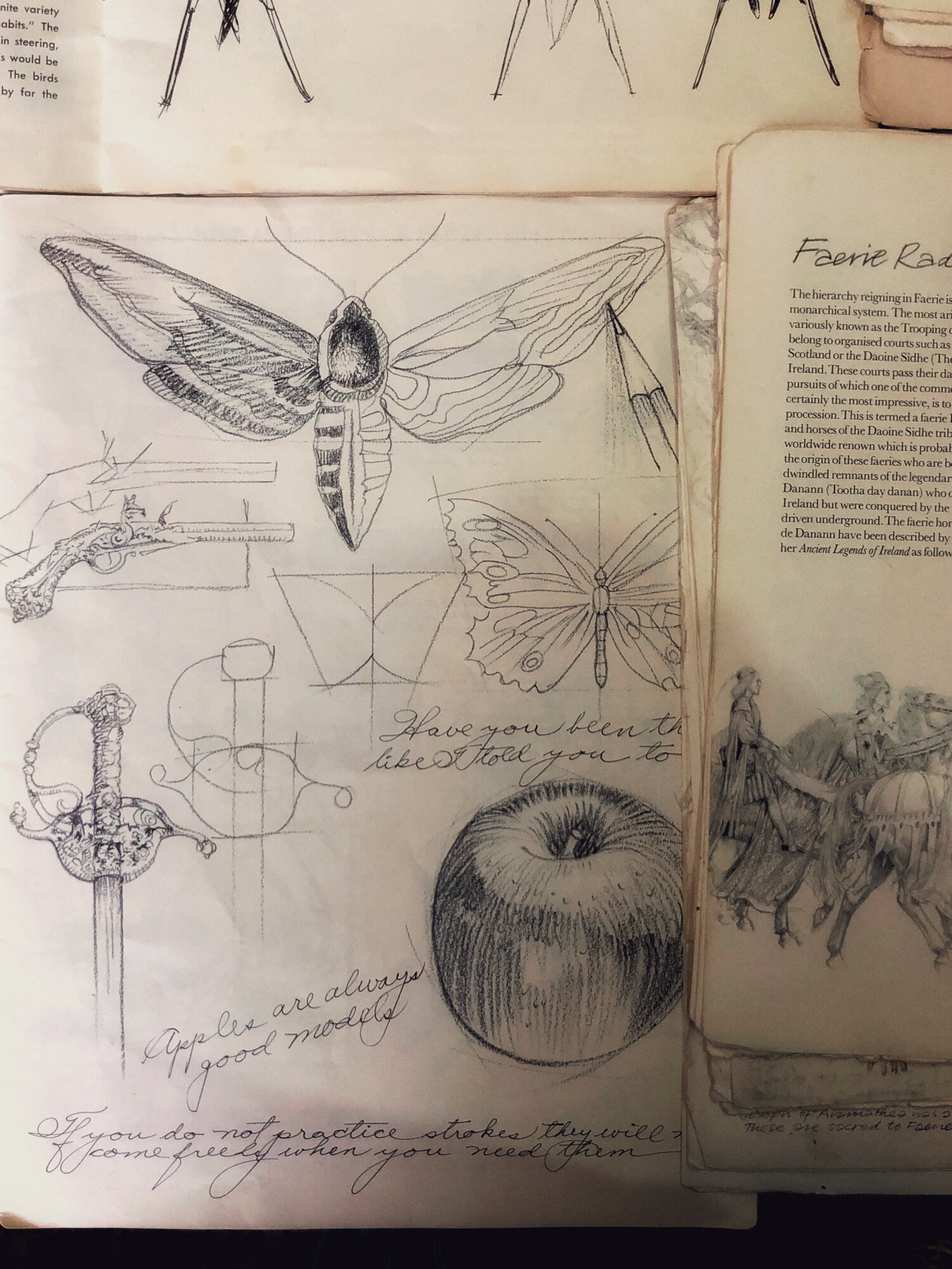





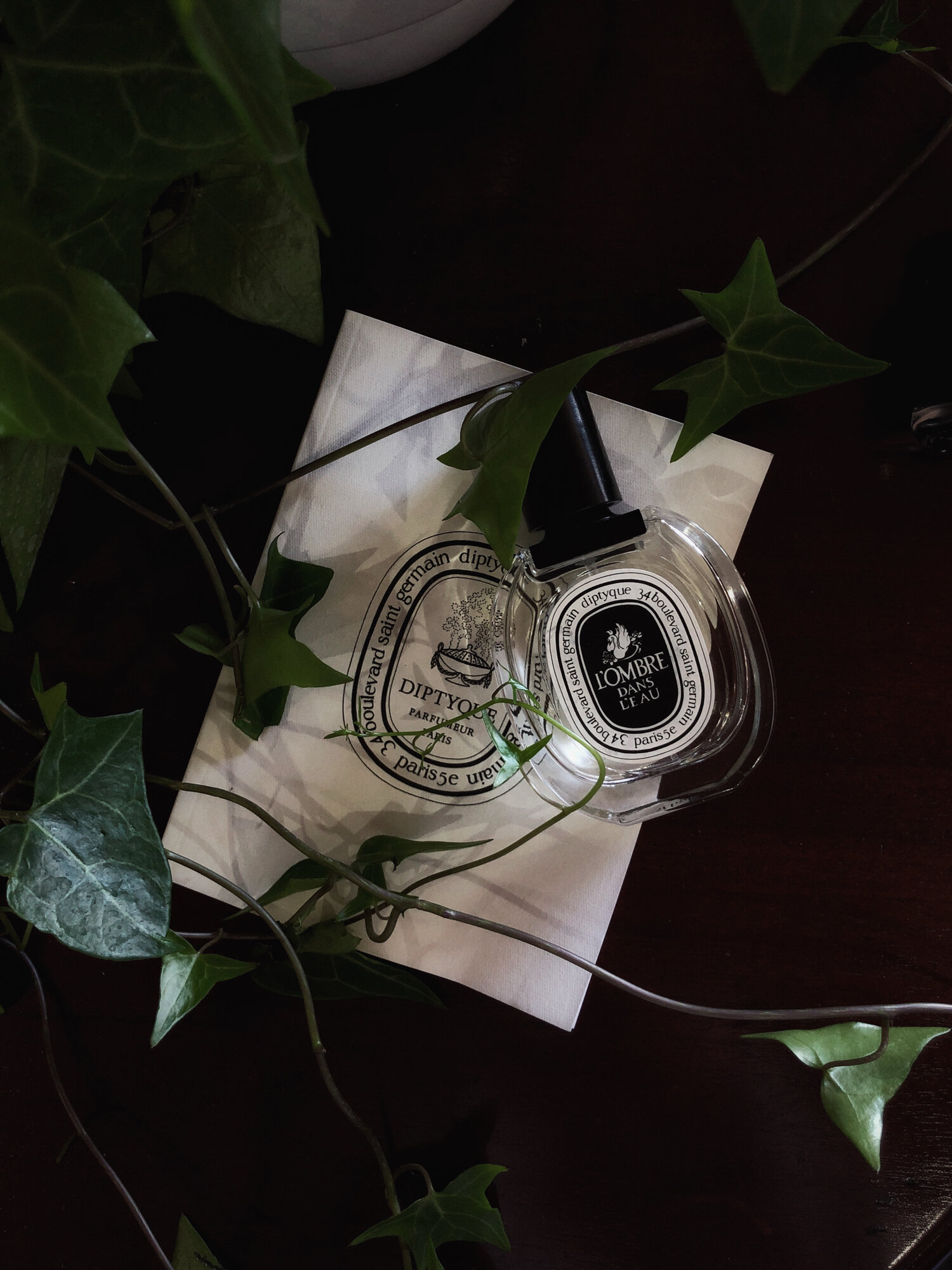
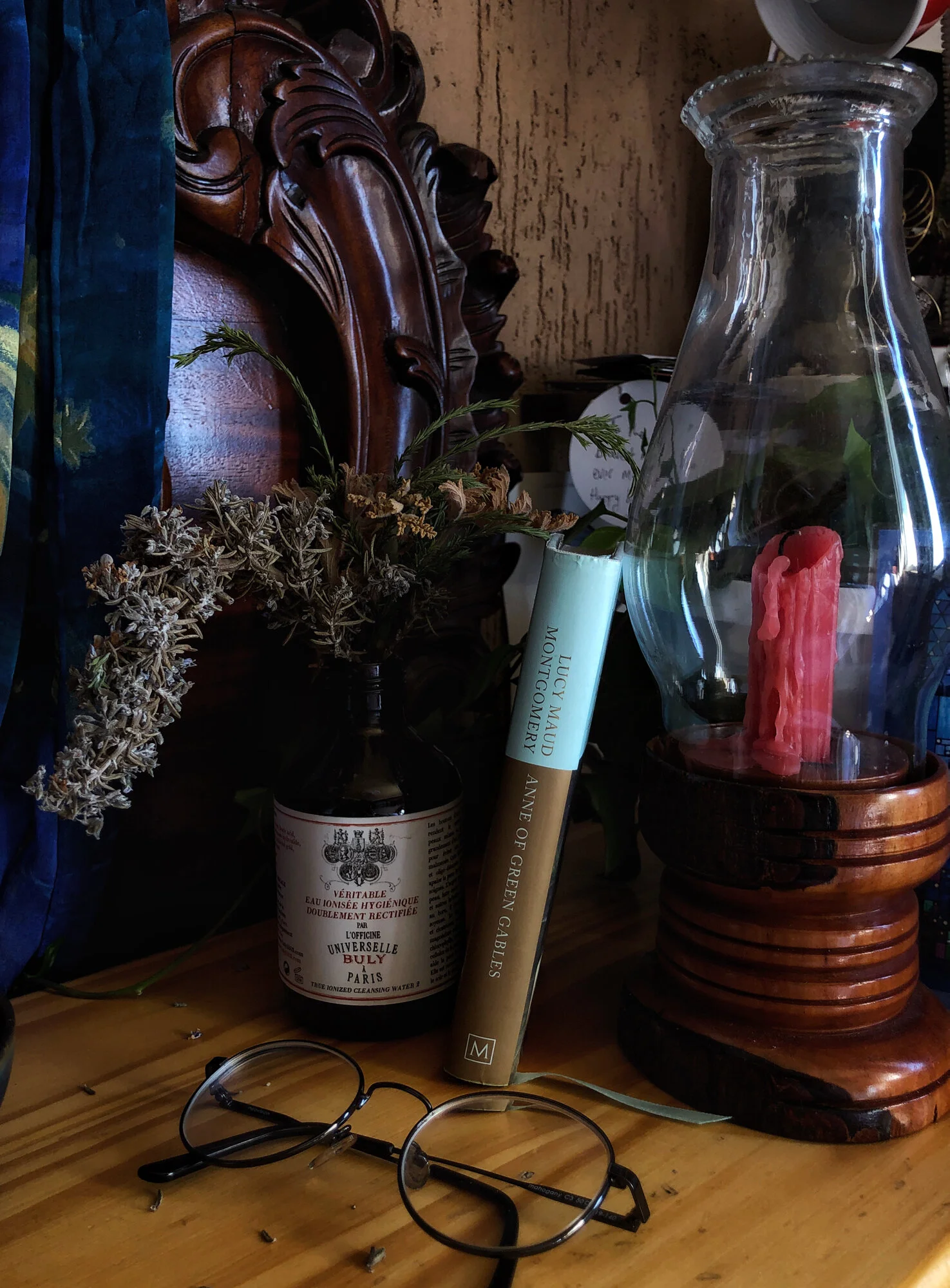
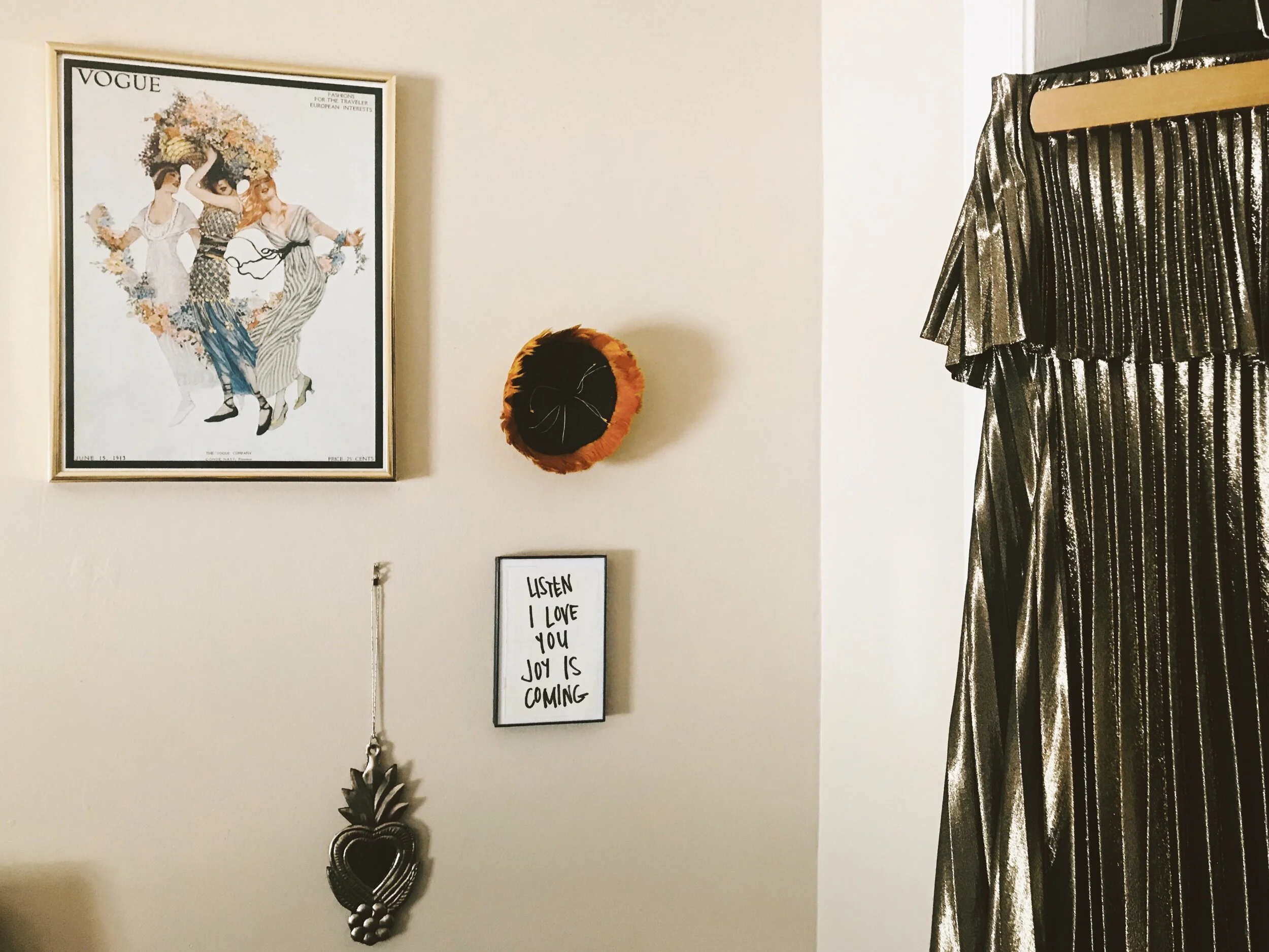

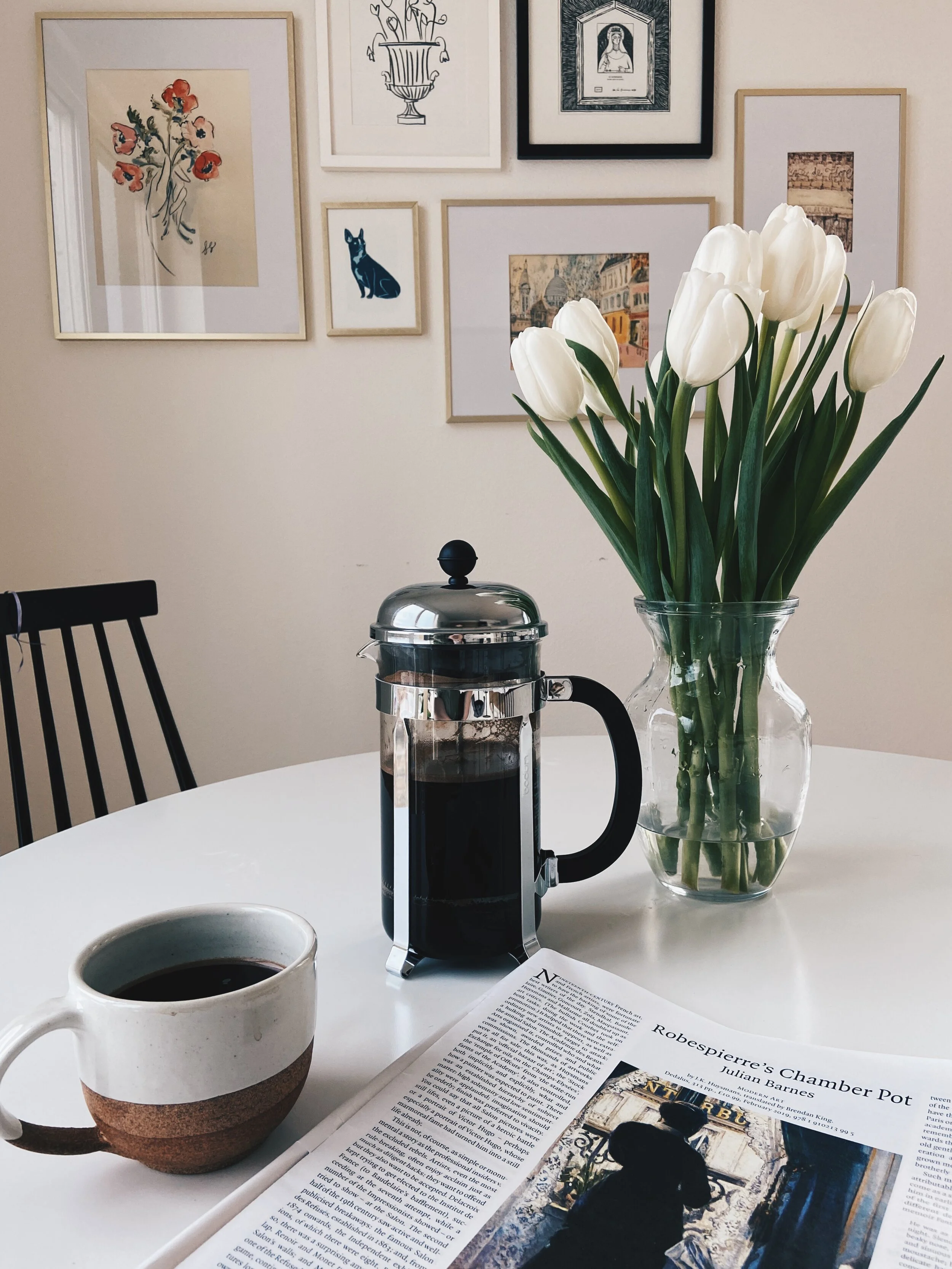


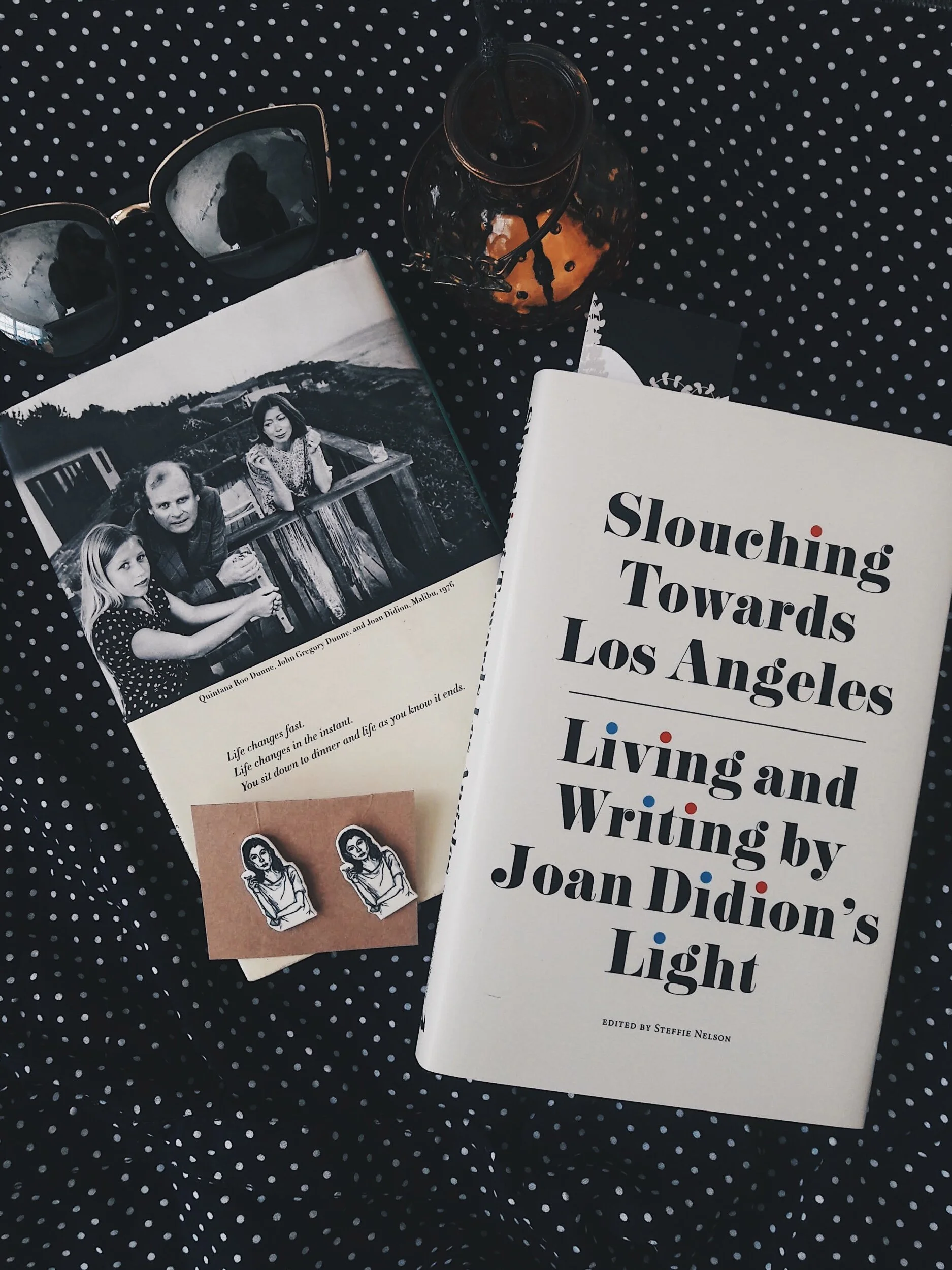
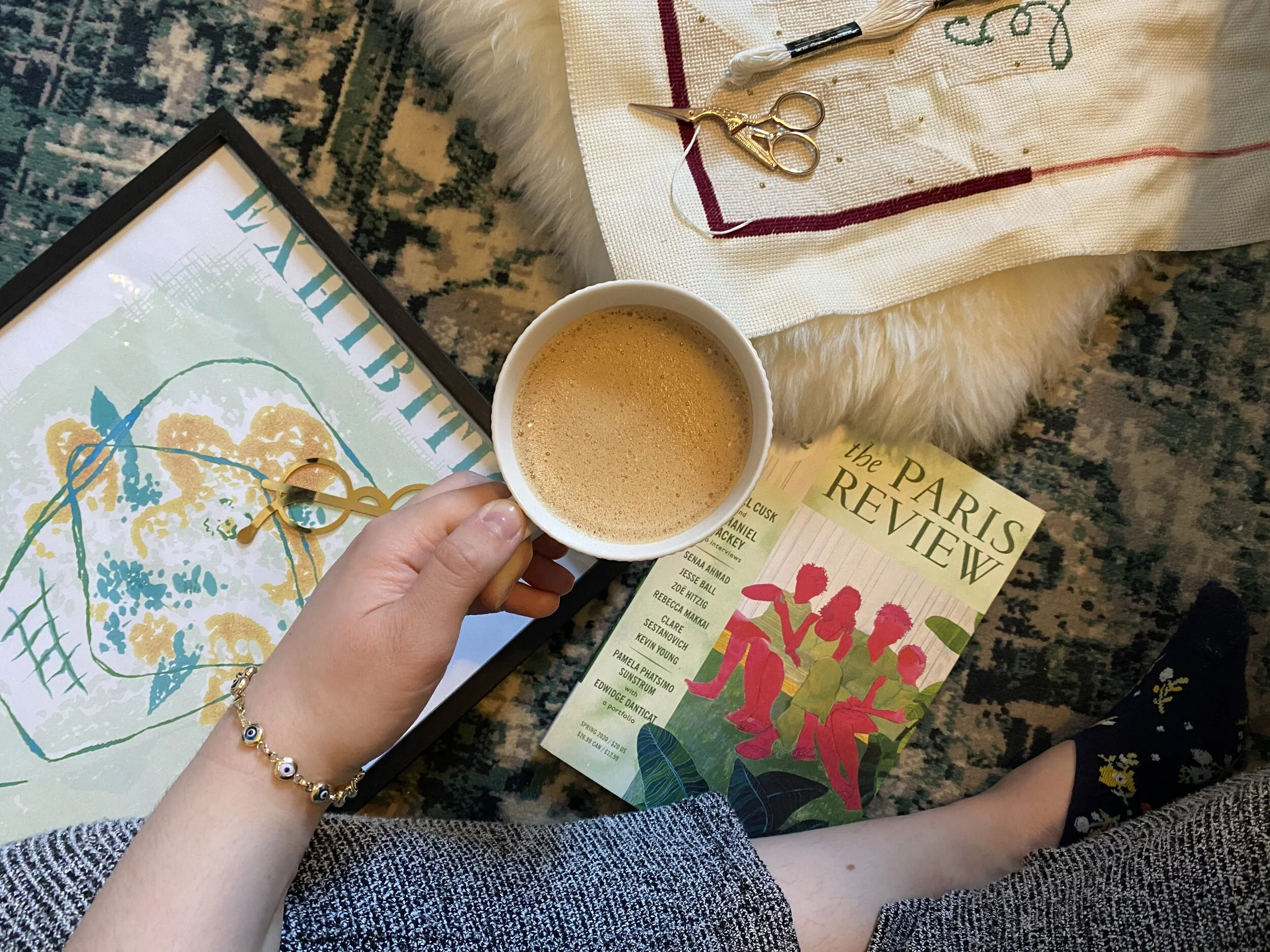

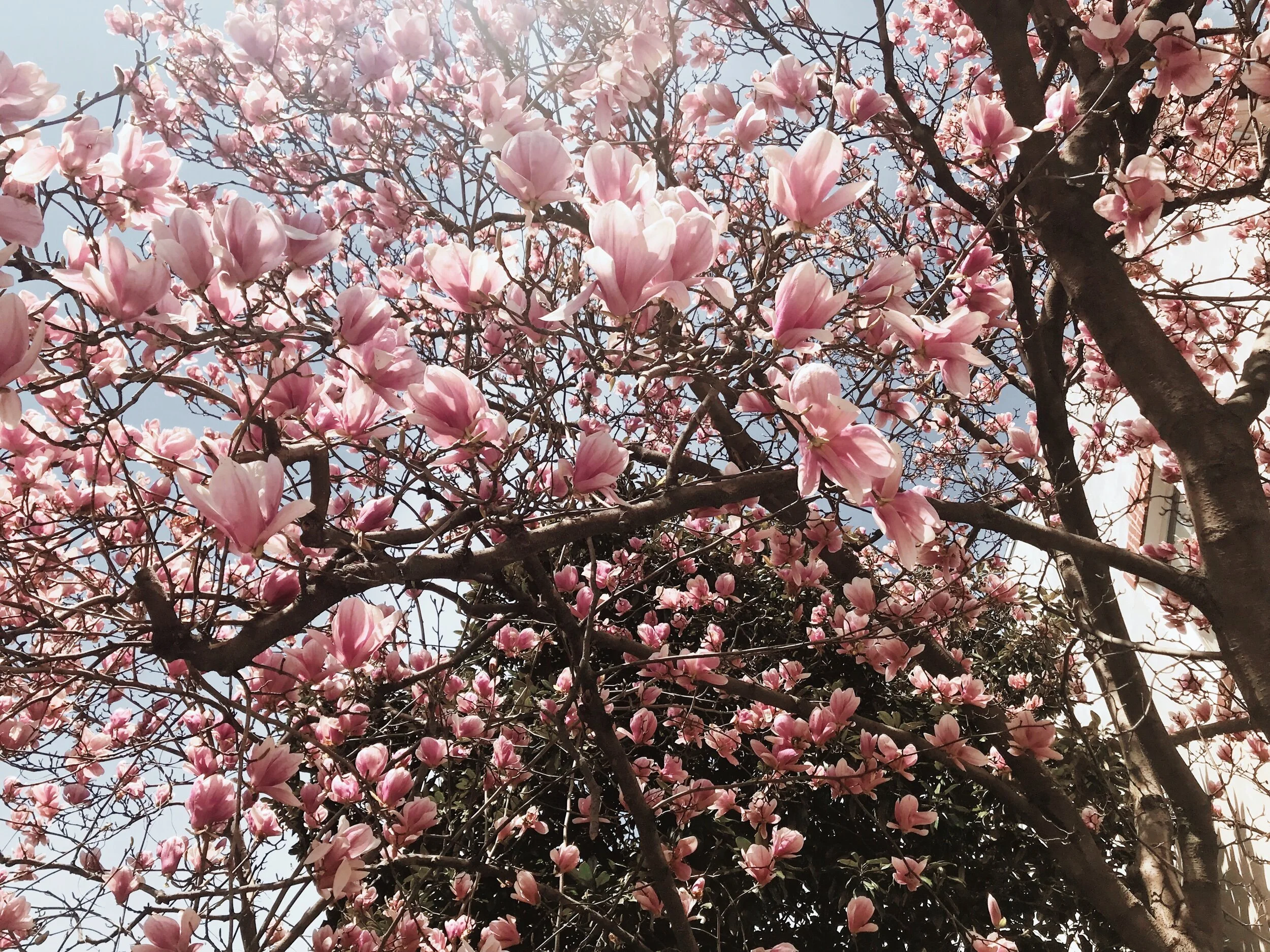

Continuing our series of Comforting Things in time of COVID, Culture Editor Eliza Campbell shares the things that have been soothing her soul in lockdown.